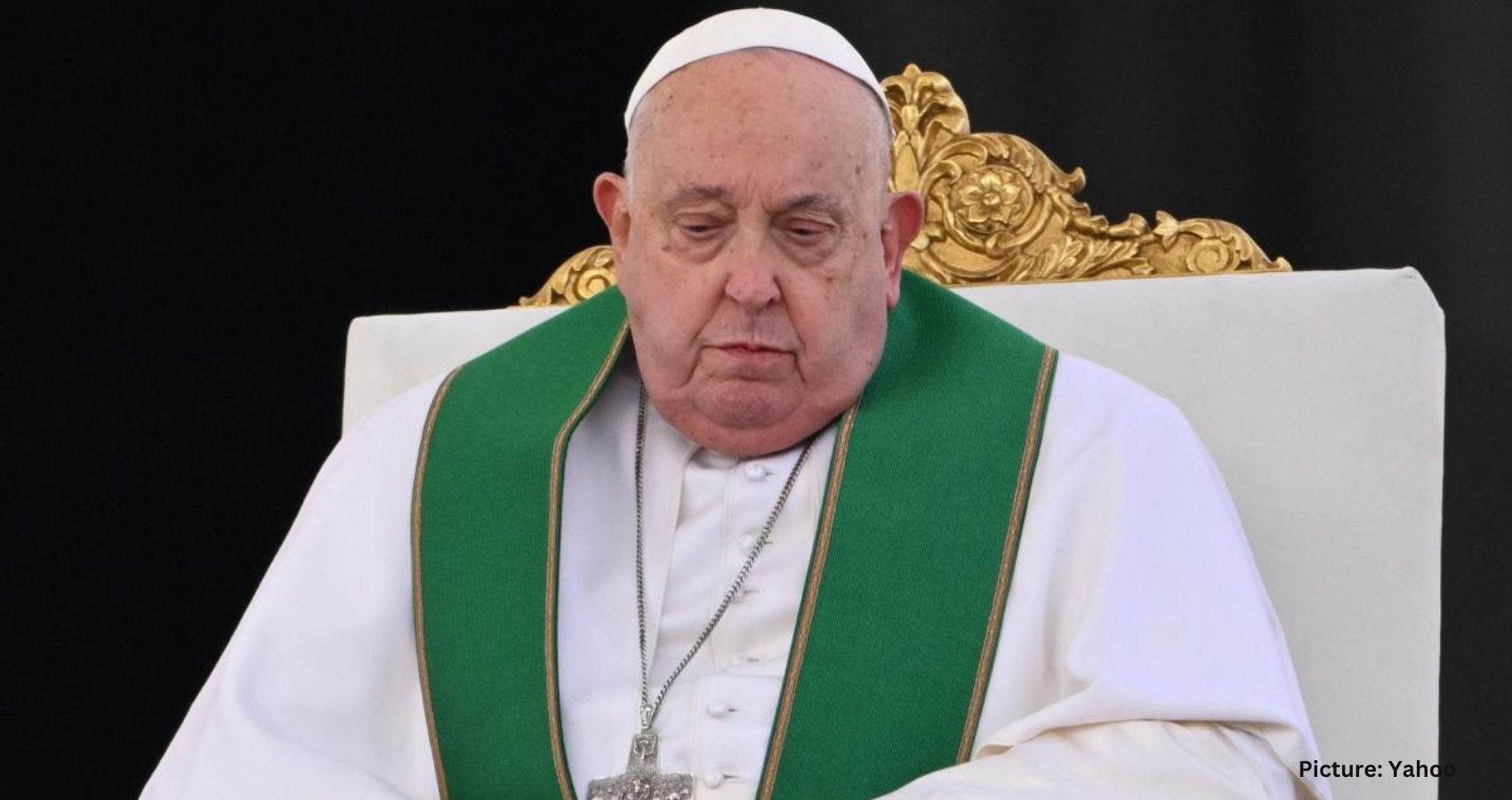Pope Francis has given his approval for a new three-year reform process within the Catholic Church, demonstrating his commitment to continuing in his role despite spending a month in the hospital due to pneumonia.
The Vatican revealed on Saturday that the 88-year-old pontiff had signed off on the reform plans earlier in the week while still admitted to Rome’s Gemelli hospital. His hospitalization, which began on February 14, marks the longest period he has spent in medical care since being elected pope 12 years ago.
Central to these reforms is the discussion on expanding the roles of women within the Church, including the possibility of ordaining them as deacons. Another significant aspect of the initiative is increasing the participation of laypeople in governance and decision-making processes.
These reforms are being evaluated through the Synod of Bishops, a structure that has served as Pope Francis’ primary tool for advancing his pastoral vision. Throughout his papacy, he has aimed to involve Catholics from around the world in efforts to renew and reshape the Church.
In October 2023 and 2024, two Vatican assemblies convened for nearly a month each to deliberate on these issues. Notably, these meetings included female voting members for the first time in history. The discussions resulted in a final document approved by the pope, which left the question of ordaining female deacons unresolved. Deacons perform many of the duties of priests, except for celebrating Mass and hearing confessions. The document, however, reaffirmed that women should be granted every leadership opportunity available to them under Church law.
With his latest decision, Pope Francis is extending the reform process by another three years, culminating in an “ecclesial assembly” in October 2028 at the Vatican. Unlike a traditional Synod of Bishops, this gathering will bring together bishops, clergy, monks, friars, nuns, and laypeople.
By the time the assembly takes place, Pope Francis will be 91 years old. This timeline suggests that a conclave to elect a new pope could occur while the reform process is still underway. If that happens, the newly chosen pontiff would inherit the responsibility of carrying forward the reforms initiated by Francis.
Additionally, the pope’s decision serves as a response to bishops and senior Church leaders who have quietly opposed his reform agenda.
Cardinal Mario Grech, who heads the Holy See’s synod office, highlighted the significance of the new plans, particularly for local churches. “These plans offer dioceses that have invested less in the synodal path an opportunity to recover the steps not yet taken and to form their own synodal teams,” he stated.
Despite his hospitalization, Pope Francis has continued to exercise his authority over the Catholic Church. He has signed official documents from his hospital room, held meetings with two of his top aides, and appointed bishops.
On Saturday, the Vatican provided an update on the pope’s health, stating that he remains in stable condition and has shown “gradual improvements.” Although he still requires treatment, the need for non-invasive mechanical ventilation—used to aid his breathing at night—has decreased. Vatican officials have expressed confidence in his recovery.
Nevertheless, Francis’ prolonged hospitalization has been a source of concern within the Vatican. His 30-day stay marks the longest period he has spent in medical care, though it remains shorter than the 55 days Pope John Paul II was hospitalized at Gemelli.

